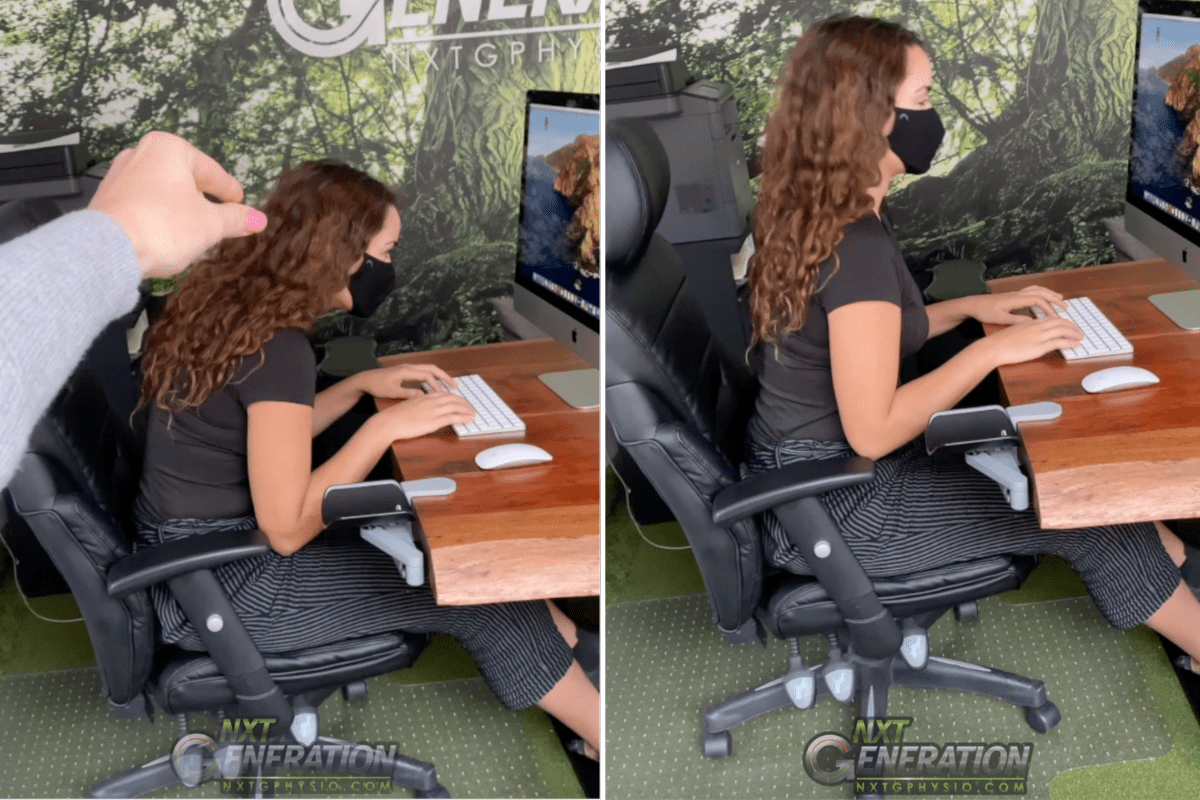Cervicobrachialgia is a pain affecting the neck and arms. The pain can be caused by compression or excessive tension on the nerves and muscles in this area. It is common among people who spend long hours at a desk.
Here are five essential tips to prevent and relieve cervicobrachialgia in office work.
Tip 1: Improve your posture
Maintaining good posture is crucial to avoid cervicobrachialgia. Make sure to sit up straight with your back against the backrest of your chair. Keep your shoulders relaxed and arms close to your body. Use a pillow or lumbar support to keep your spine aligned and prevent excessive curvature.

Tip 2: Take regular breaks
Office work often involves prolonged sitting, which can increase tension and compression in the neck and arms. Try to take breaks every hour to stretch, stand up, and move around. These regular breaks will help relieve pressure on the nerves and muscles in your neck.
Tip 3: Perform stretching exercises
Incorporate specific stretching exercises into your work routine. For example, gently tilt your head to one side towards the opposite shoulder to stretch the neck muscles. Repeat this exercise on the other side. Also, use your hands to gently stretch your arms by pulling them backward to promote muscle relaxation.
Tip 4: Adjust your work environment

Ensure that your workstation is ergonomic to reduce tension and compression on your neck and arms. Adjust the height of your chair and desk so that your arms are at a right angle when typing on the keyboard. Use a monitor stand to position your screen at eye level to avoid leaning your head forward.
Tip 5: Strengthen your neck and shoulder muscles
Regularly perform strength training exercises for your neck and shoulders. For example, practice chin tucks by slightly retracting your chin, which will activate the neck muscles and protect the area. You can also use a mobilization ball to perform exercises that promote nerve gliding in the arms.
By following these five tips, you can effectively prevent cervicobrachialgia in office work. Good posture, regular breaks, stretching exercises, an ergonomic work environment, and strengthening the neck and shoulder muscles are essential elements to maintain the health of your neck and avoid pain associated with cervicobrachialgia.

